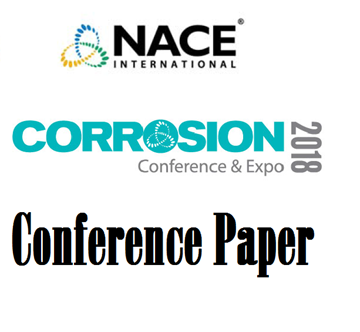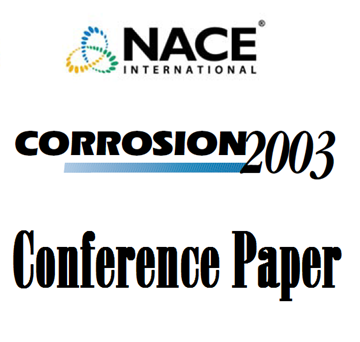Search
Synergistic Evaluation of Casing Materials for Cyclic-Temperature Sour Wells
Also Purchased
51318-11066-Application of Corrosion Inhibitors for K55 Casing Corrosion Control in Acidic Geothermal Well Fluid
Product Number:
51318-11066-SG
Publication Date:
2018
$20.00
03201 WELL CASING CATHODIC PROTECTION EVALUATION PROGRAM IN THE SPRABERRY (TREND AREA) FIELD
Product Number:
51300-03201-SG
ISBN:
03201 2003 CP
Publication Date:
2003
$20.00
51312-01378-Modeling and Prediction of the Corrosion of Onshore Well Casings
Product Number:
51312-01378-SG
ISBN:
01378 2012 CP
Publication Date:
2012
$20.00




